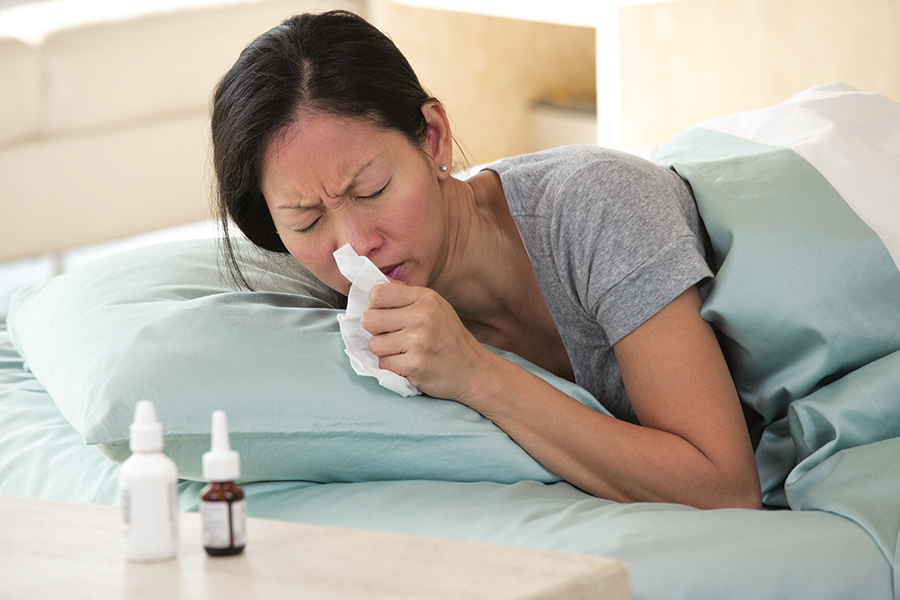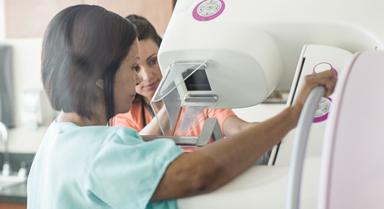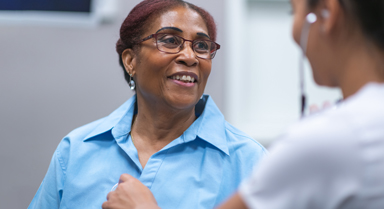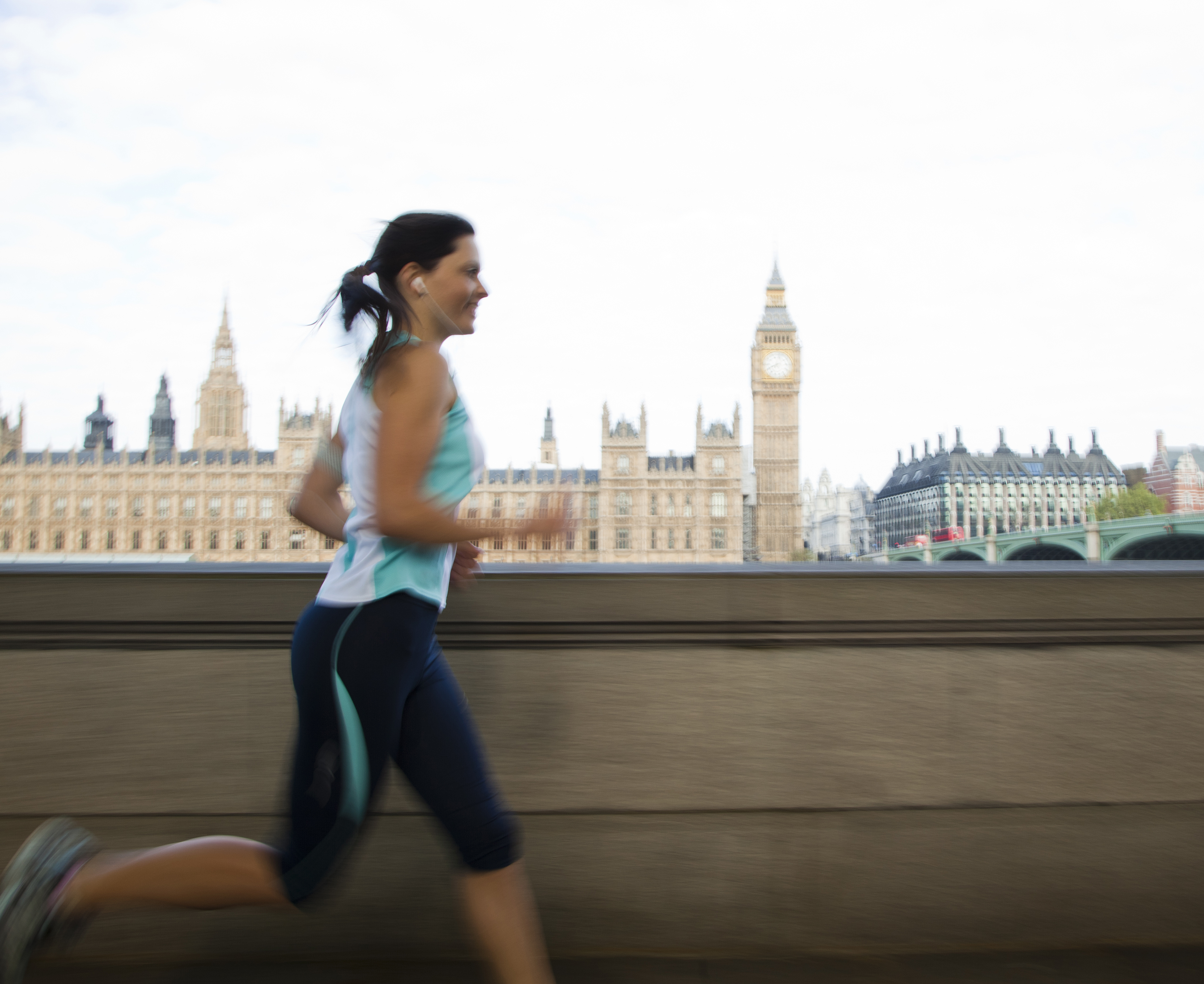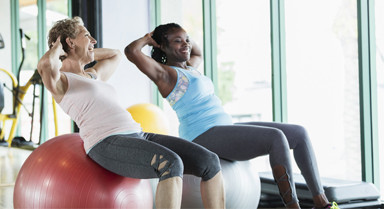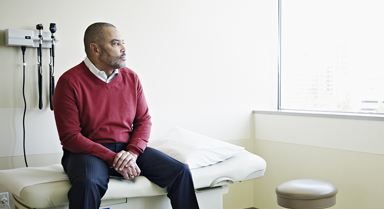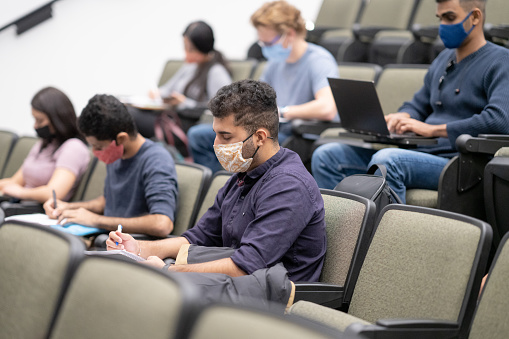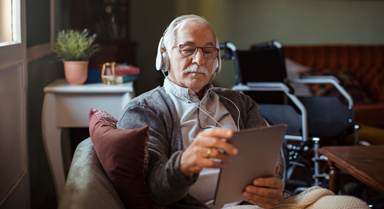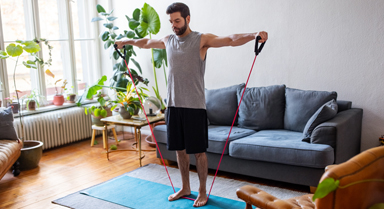Before starting a new fitness program, be sure to do so in consultation with a medical practitioner.
Did you know?
- Approximately 1.71 billion people have musculoskeletal conditions worldwide.1
- Musculoskeletal conditions are the leading contributor to disability worldwide, with low back pain being the single leading cause of disability in 160 countries.1
- Musculoskeletal conditions significantly limit mobility and dexterity, leading to early retirement from work, lower levels of well-being and reduced ability to participate in society.1
Cardiovascular
Cardiovascular exercise (better known as cardio) for example, increases both the heart rate and the amount of blood pumped out of the heart to the muscles and lungs. Aerobic exercise releases hormones – called endorphins – which can have an immediate effect on your mood.
Physical activity improves musculoskeletal health. A wide range of physical activities have been shown to be beneficial in reducing the overall risk of musculoskeletal pain and disability. These include swimming, walking, cycling and running.2
Strength training
Strength training and weight-bearing exercise is essential for strengthening the muscles which protect the bones and joints and the bones themselves, therefore reducing the risk of injury. Good bone strength is especially important for women and the elderly, as osteoporosis is a major cause of disability in older women. A bone-weakening disorder, osteoporosis often results in fractures in the hip and spine — which can severely impair your mobility and independence.3 Aim to do at least 30 minutes of weight-bearing exercise, such as yoga, pilates, or resistance training, twice a week.
If you use weights, start with lighter weights and pay attention to how your body responds. Only add weight when the final repetitions feel too easy, and add the smallest possible weight increment.
Core stabilization
Strong core muscles are key to maintaining balance and stability. Simple exercises, like the modified plank, kegels, and leg lifts, can help to strengthen the muscles in your trunk, improving your posture and decreasing the risk of injury.
Tips for safe and effective exercise
- Don’t forget to stretch. Always warm up and cool down for 5-10 minutes before any exercise.
- Monitor any pain you may feel. It is normal to feel sore for a day or two after beginning a new exercise – especially an intense one. However, if pain begins immediately after activity, or persists after one or two weeks, seek advice from a medical practitioner.
- Avoid exercising when you’re ill. Take extra care when fatigued or if you are feeling cold symptoms. Flu, sore throat, or diarrhea sufferers should wait until a complete recovery is made.
- Use proper footwear and clothing. The right footwear is very important, and should be replaced when damaged.
- Switch it up. Consider switching types of sport, exercise, or movement from time-to- time, especially if you suffer from repetitive strain injuries.
- Take it slow. This applies when you are feeling under the weather, beginning any new exercise, and even if you’re in good shape.
- Remember: If you suffer from back or joint problem, speak to a qualified fitness instructor or medical practitioner about possible modifications to exercises or activities to protect your back and prevent injury.
1. World Health Organization. Musculoskeletal health. https://www.who.int/news-room/fact-sheets/detail/musculoskeletal-conditions. Published July 14, 2022.
2. Physical Activity in Long Term Musculoskeletal Conditions. https://www.physio-pedia.com/Physical_Activity_in_Long_Term_Musculoskeletal_Conditions. Accessed on February 16, 2023.
3. Mayo Clinic. Exercising with osteoporosis: Stay active the safe way. https://www.mayoclinic.org/diseases-conditions/osteoporosis/in-depth/osteoporosis/art-20044989. Published June 5, 2021.
This is general health information and not medical advice or services. Always consult with your health care provider for appropriate examinations, treatment, testing and health care recommendations.
This article serves only as a reference and is intended for informational purposes only. Nothing in this article constitutes legal, tax, financial planning, health or medical advice including diagnosis or treatment. Always seek the advice of your physician or other qualified health provider with any questions you may have regarding a medical condition. References to third-party organizations or companies, and/or their products, processes or services, do not constitute an endorsement or warranty thereof. Products and services may not be available in all jurisdictions and are expressly excluded where prohibited by applicable law. All group insurance policies and health benefit plans contain exclusions and limitations. For costs and details of coverage, contact a Cigna Healthcare representative.
Cigna Healthcare products and services are provided exclusively by or through operating subsidiaries of The Cigna Group, including Cigna Health and Life Insurance Company, Life Insurance Company of North America, Cigna Global Insurance Company Limited, Evernorth Care Solutions, Inc., Evernorth Behavioral Health, Inc., or through their affiliates and contracted companies.








